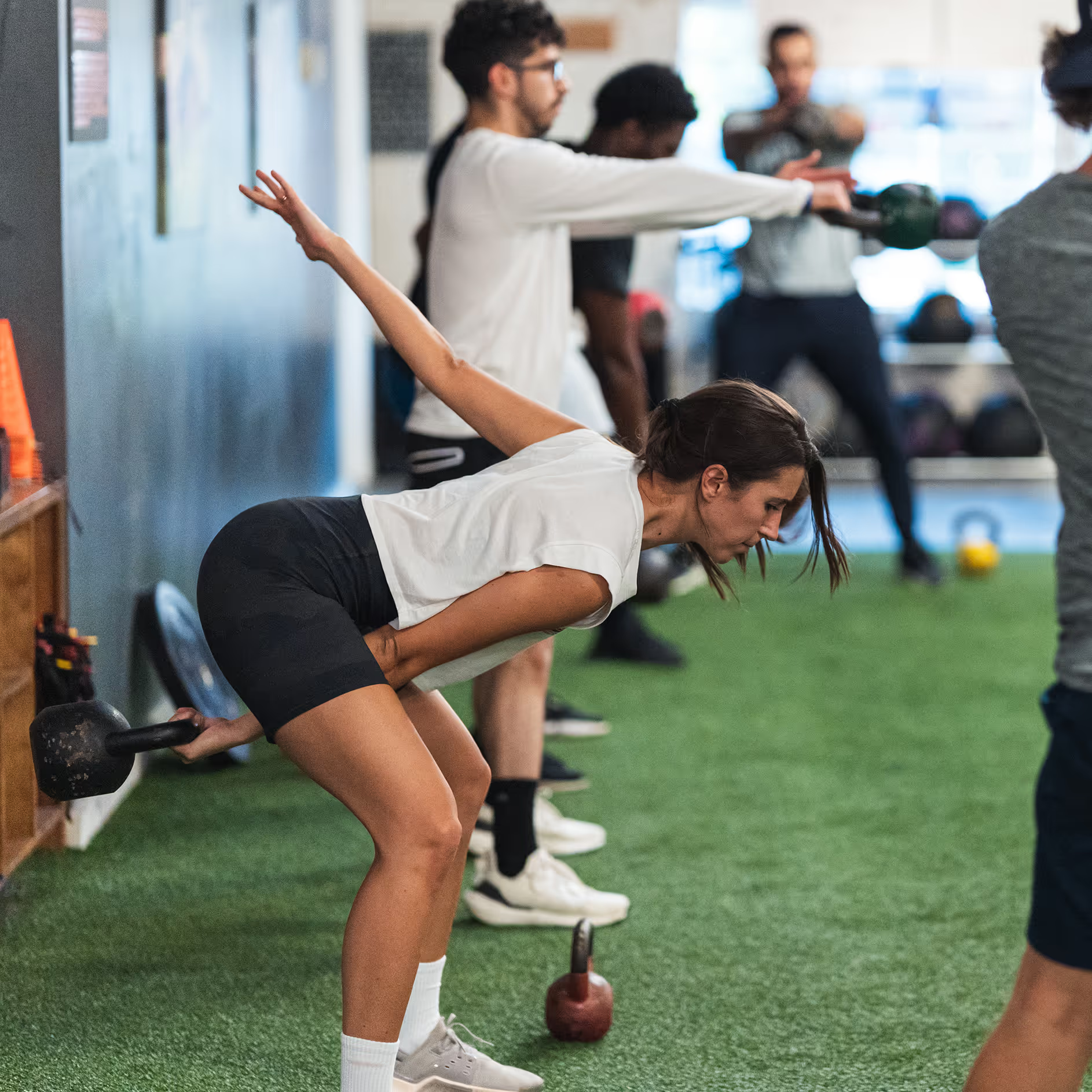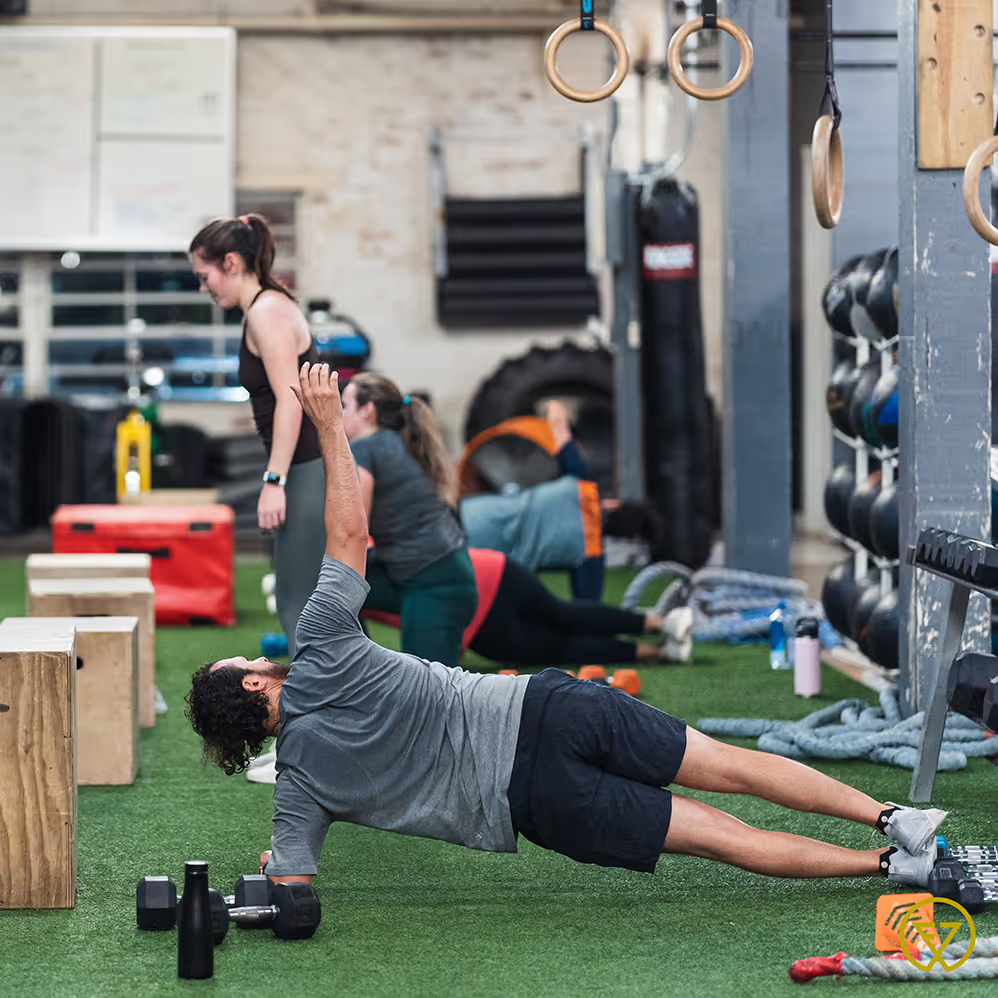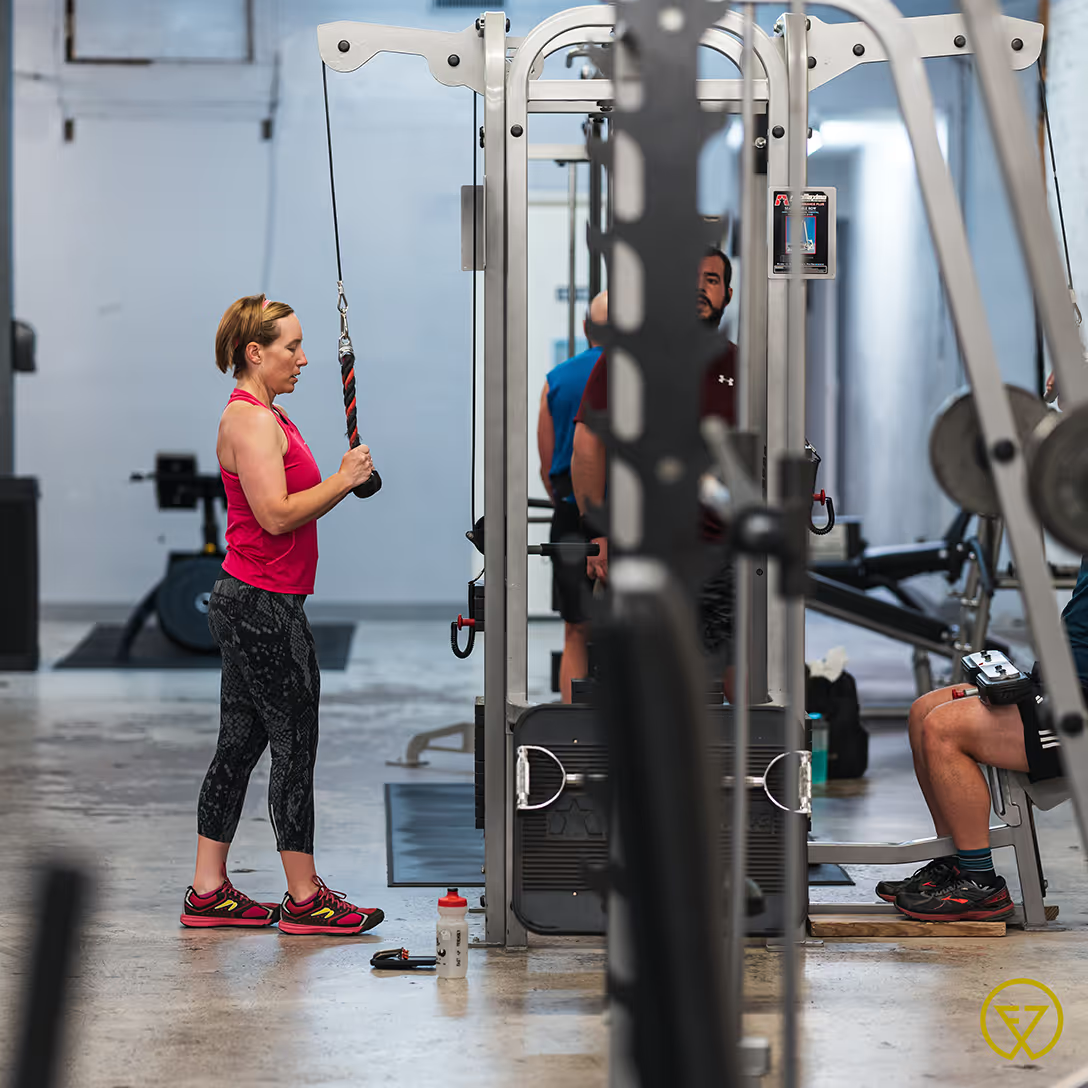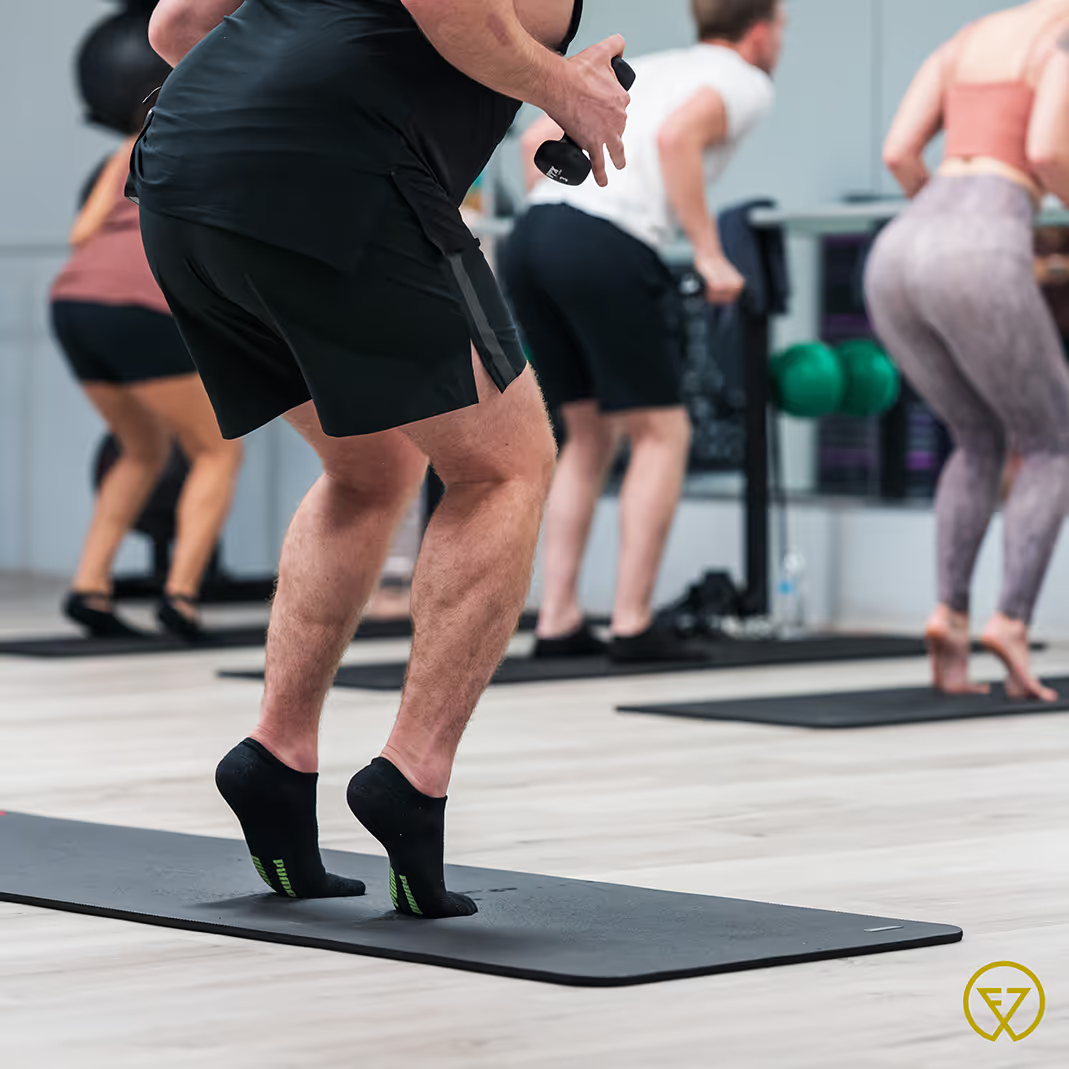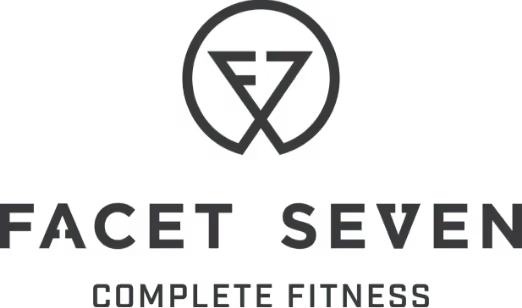The 3 best kettlebell exercises for runners
If you feel sluggish, inflamed, numb, disconnected, who’s really in control?
THINK ABOUT IT...
You’ve been conditioned to think about your body as something mechanical, as an object to drag through the day- something to push, fix, punish or decorate…
But never as sacred…
Never as intelligent… as a vessel of Divine intention.
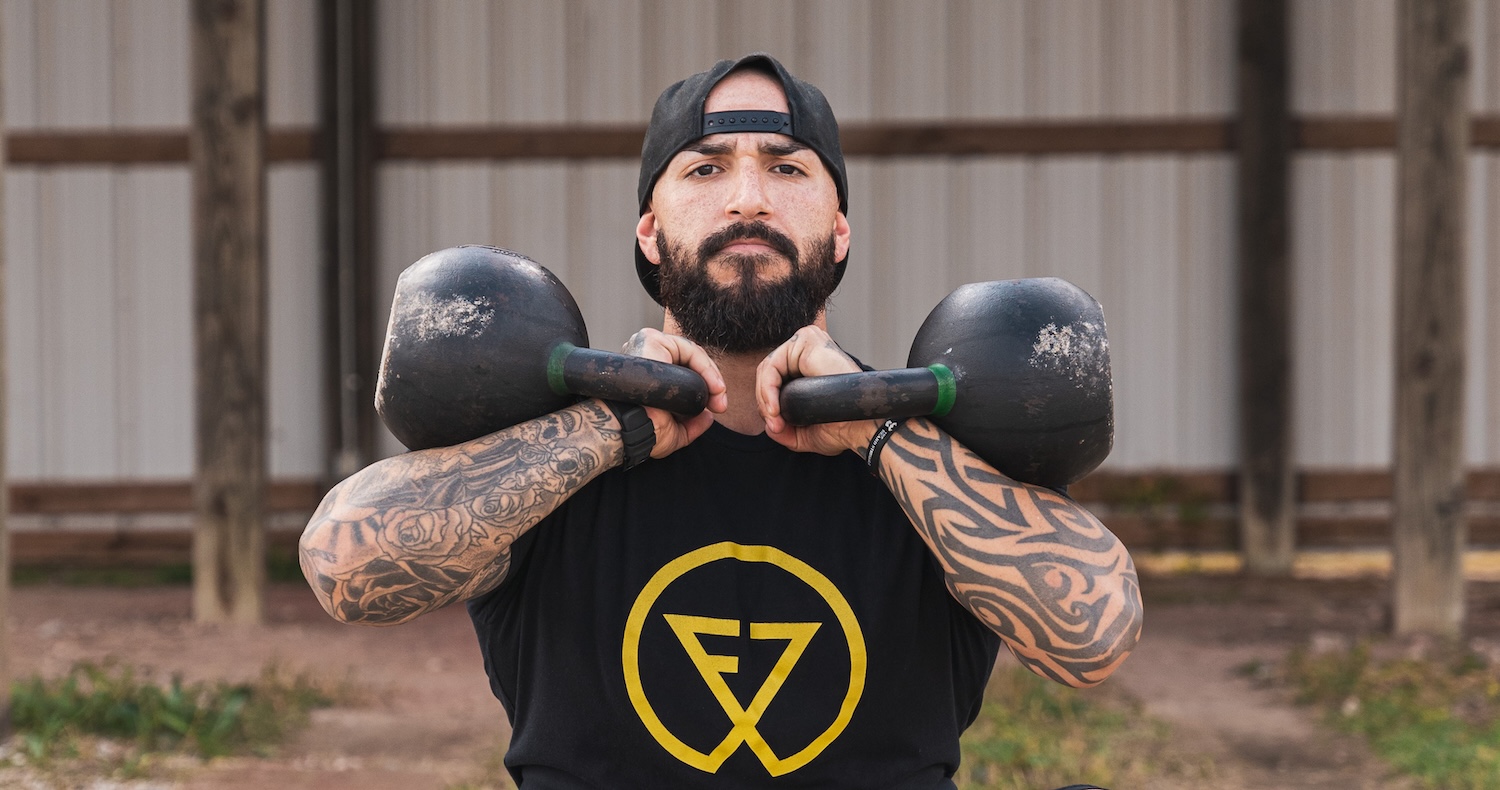
The ancients knew this. The body was never a burden, it was a temple. Not just in theory, but in function.
Every breath you take, every cell in your gut, every spark in your nervous system, it’s all part of a living code designed for perception beyond the 5 senses. But the modernism of the recent centuries is teaching you constantly to ignore it.
Start with the gut.
The gut produces more neurotransmitters than the brain, it’s your second brain, regulating your mood, your energy, and your spiritual receptivity. Yet it’s constantly under attack.
Pesticides, processed foods, antibiotics, synthetic preservatives, all designed not just to destroy gut flora, but to destroy our capacity to feel clearly. When your gut is compromised, your mind is clouded. When your digestion is inflamed your thoughts are unstable.
Those in the “remedy” business don’t want you to be sharp, focused, and intuitive… they want you bloated, distracted, emotionally volatile, and they’ve engineered the food system to be sure.
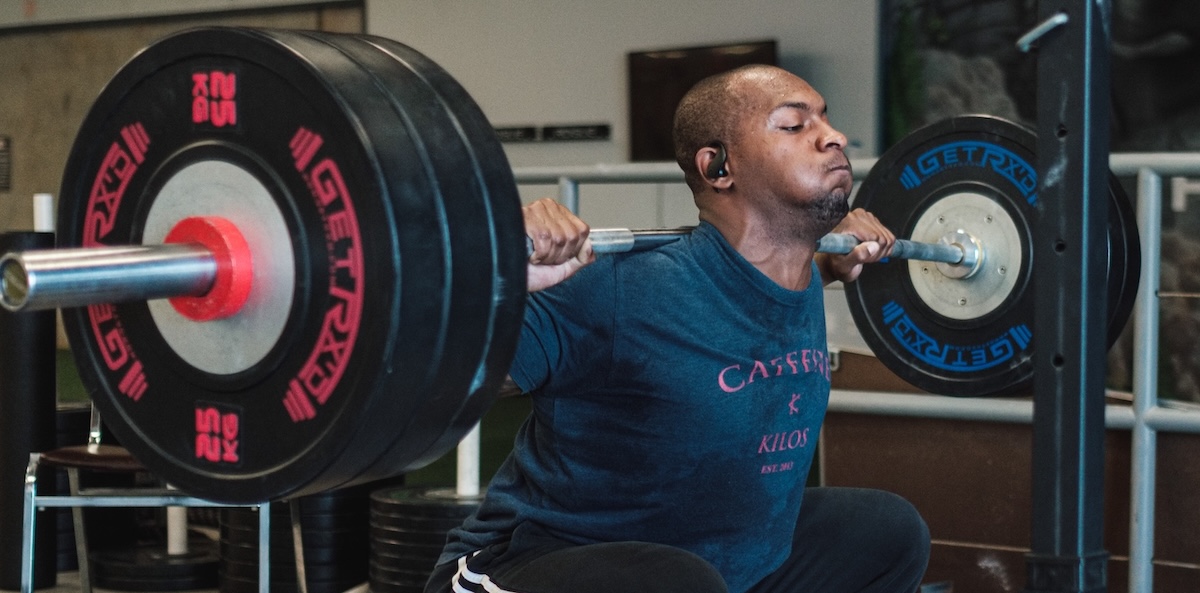
But it’s not just the food. It’s your water, your air, your light.
Tap water filled with endocrine disrupters. Air saturated with industrial toxins. Artificial light that scrambles your circadian rhythm and drains your life force. And through it all you're told this is normal, you're told to adapt. To medicate. To caffeinate. To carry on. And when your body starts breaking down they offer pills instead of root solutions.
They give you diagnosis after diagnosis but never ask the real question -
what are you feeding the instrument of your divinity?
That system doesn’t profit from your clarity…it profits from your chaos.

This is why healing your body isn’t just a wellness trend.
It’s an act of Rebellion.
It’s the foundation of awakening.
Your consciousness can’t fully rise in a body that’s drowning in inflammation, toxicity, and fatigue.
You can’t connect to the Divine when your nervous system is in survival mode. You can’t remember who you are when your cells are constantly battling the poisons of modern life.
Liberation isn’t only mental, it’s cellular. And every choice you make, every meal you eat, every breath you take is either feeding your awakening or feeding your suppression.
And here’s the real breakthrough.
Your body wants to wake up. It’s always communicating. Always recalibrating. Always moving towards healing when you give it even half a chance. And when you start treating it like the intelligent energetic vessel it is, everything shifts. Your thoughts clear, your emotions balance. Your intuition sharpens. That’s not a coincidence. That’s coherence.
That’s not a coincidence. That’s coherence.
The state where your body, mind, and spirit align into one unified field. That’s when you stop living from your head, and start living from your whole being. That’s where awareness stops being a concept, and starts becoming your baseline.
Most coaches bypass this.

They tell you to rep your problems away while still eating food that numbs your senses and scrolling until your dopamine is fried. But you can’t hack your way to awakening. You have to live it, feel it in your skin. In your gut, your breath. This is true embodiment. Not the aesthetic kind, but the kind that rewires your nervous system and clears the fog from your perception. Because the Divine doesn’t live in the sky or in scriptures. It lives in your blood, your bones, your breath. You don’t have to look outside to find it. You just have to clean the vessel it’s been trying to move through all along.
TAKE BACK CONTROL OF WHO YOU ARE.
Rebel against being blind… Rebel against the leeches of your energy.
Find who you were meant to be.
Find who you are.
We have courses designed to awaken you. Learn the basics of how your body moves.
DISCOVER HOWTake the purple pill and go down the rabbit hole with us. We are here for you, all the way.
TAKE THE LEAPTraining as a runner comes in many more forms than just the act of running itself. To be the best runner that you can be, you need to incorporate other types of training that improve your running and keep injuries at bay. Strength training is essential for building power in the muscles involved in running, which translates into a faster pace and new PRs . Using kettlebells is a highly effective and versatile way of doing this.
Using the right kettlebell exercises can build full-body strength and power, creating a stronger core that will help with balance and stabilization. This also results in better posture, which directly benefits your running form.
Kettlebell workouts offer many benefits for runners and there are a raft of different strength exercises you can do. We’ve chosen the three best kettlebell exercises for runners. We’ll explain how they help and how to do them. Make sure to also watch our videos to check the proper form of the exercises.
Workout 1: Kettlebell windmill
How it helps
The kettlebell windmill especially strengthens and improves the stability of the medial glutes (gluteus medius) which are involved with moving your hips and stabilizing your pelvis. It also lengthens the lateral fascia of the leg, which commonly gets tight in runners and leads to low back and knee pain.
By strengthening the hip muscles, you’ll increase stability upon impact, which helps translate power into your stride while running. This also helps to improve your running mechanics, which will in turn improve the speed and efficiency of your stride.
How to do a kettlebell windmill exercise
This video shows proper form. Practice the windmill without a kettlebell to perfect the motion before moving on to the weighted exercise. Try practicing with a shoe on your knuckles, and don’t rush these movements. As with any exercise, you get the maximum benefit when you do it with proper form.
If you're holding the kettlebell overhead in the left hand, you're going to be working the left leg. Note that the supporting leg is straight as we hinge. This lengthens while safely loading those tissues, educating them to be in control while in this lengthened position. This actually applies to all the muscles in your body -- notice how much harder a bicep curl is when your arm is extended? As you curl the weight it gets easier to lift.
A quick tip, train all your muscles (safely ;)) into their extended positions and watch how quickly your mobility AND strength increase!
Workout 2: Overhead walking lunge
The overhead walking lunge is another great total-body movement that will help strengthen your leg and core muscles. The movement itself is fairly straightforward, but requires stability and balance.
How it helps
The overhead walking lunge helps with lengthening and strengthening the leg muscles, while also working the glutes, hamstrings and quads. All of these are important muscles for proper running technique.
Geek Note: The medial glute helps with stability and external rotation of the leg, and the maximal glute can be looked at as the prime driver of hip extension (which happens on every stride). By combining the Windmill (medial glute work) and the lunge (maximal glute work), it’s like a “one-two” punch towards faster running.
The overhead aspect of the exercise helps with thoracic control – your thoracic cage runs from the base of your neck down to your abdomen and is the part of your spine where your ribs are attached. Limited thoracic mobility affects your shoulders, your ability to lift your arms overhead and your posture. This exercise will also work your hips, the powerhouse of your body.
How to do an overhead walking lunge
See the video below for the proper form.
- Stand with your feet hip-width apart and your kettlebell in the same hand as the leg you are planning to step out on.
- Bring your arm straight up overhead, stacking it on top of your shoulder. Make sure there is space between your shoulder and your ear and your core is engaged. If you cannot stack your arm properly over your shoulder, try a lighter weight or do the lunge unweighted.
- Take a big step forward and lower your knee to a 90 degree bend. It’s important here that your front knee is stacked directly on top of your ankle and it is not falling inwards or forwards past 90 degrees.
- Drive off your front heel and bring your back foot to stand with the weight centered over both feet.
- Continue on with the next lunge on the same leg, and repeat until you finish the set, then switch arms and lunge on the other leg.
If you have trouble stacking your arm over your shoulder, watch this video on wall slides which will help you open up your shoulders and thoracic cage.
Workout 3: Explosive goblet squat
Whether you love squats or hate them, the benefits are incredibly valuable for runners. As we all know, squats are king when increasing leg strength. We add a layer by making them explosive to reinforce stride mechanics and add power.
First things first, get a good goblet squat. Check out our video showing proper goblet squat position. The value of the Goblet Squat is in its ability to bring out the ‘baby squat’ in everyone. The baby squat is that perfect squat you see all kids perform before they’ve sat in front of the TV too much.
Note: Once you’ve got a good goblet squat, shallow the range of motion and add speed, as in the next video.
How it helps
The explosive goblet squat helps to train hip flexibility and mobility, as well as quad and glute strength. It’s great at bringing out the “baby squat” – that super deep squat you see many young kids do. This is important because the more mobile and flexible your hips are, the better condition your knees and back will be in.
How to do explosive goblet squats
Watch the video for proper form.
- Stand with your feet shoulder-width apart.
- Hold the bell by the bottom with the handle between your forearms, keeping your forearms vertical and the bell right under your chin.
- Start by descending your hips back into the squat, think about your alignment – knees tracking over pinky toes, shoulders over hips. Make sure to keep your weight centered over your arches. Think about your foot as a tripod, big toe/little toe/heel. Center the weight in the middle while grabbing the earth with your toes. Think about your hand grabbing a basketball, do this with your feet to turn all your leg muscles on.
- Jump upwards, extending your hips first, and finish by extending your knees and ankles as you leave the ground. This is called “Tripple Extension” of the leg, and is key in this exercise.
- Control your landing through your feet as you descend – absorb the ground, take your time, reset. Then repeat.
As with the windmill, practice the goblet squat without a kettlebell to perfect the motion before moving on to the weighted version. Once you get the hang of the form of this exercise, add explosiveness by jumping as quickly as possible. Watch these videos to get a better understanding of the form and the full explosive goblet squat movement.
Build strength to be the best runner you can be
Regular strength training for runners is important to build strength, power, and stability, which will in turn help improve your running and ward off injuries. Incorporate these three kettlebell exercises for runners into your strength training regime to build your best running body.

